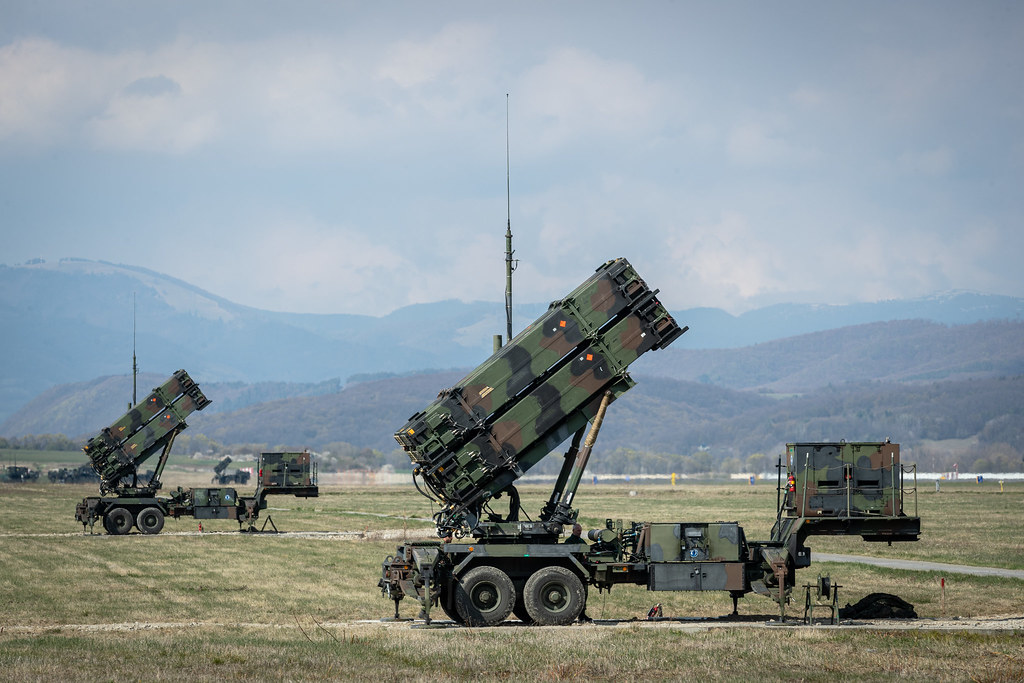
Can a battlefield icon lose its edge under unrelenting pressure? For Ukraine, the MIM-104 Patriot air defenses, long hailed as the gold standard against ballistic threats, now find themselves up against a technologically evolved and tactically aggressive Russian strike campaign. Moscow has integrated missile maneuvers, decoys, and swarms of mass drones in pushing these high-end batteries to their operational limits.
Since their arrival in Ukraine, the Patriots have made game-changing intercepts against ballistic and cruise missiles-even hypersonics-and even brought down Russian aircraft in daring ambushes. But the speed and complexity of the salvos, combined with the limited number of launchers and interceptors, have exposed some vulnerabilities. The following outlines the most critical factors shaping the Patriot’s fight in Ukraine as this cutting-edge technology meets harsh reality in sustained combat.

1. Russian Missile Maneuvers and Decoys
New adaptations the Russian 9K720 Iskander-M tactical ballistic missiles have made include extremely sharp terminal-phase maneuvers and decoy releases to confuse the tracking algorithms of Patriot systems. According to the Ukraine Air Force Command, Yurii Ihnat explained that in automatic mode, the system cannot make out the precise point at which an intercept is required when a mid-flight course correction is affected by missiles. Such maneuverability has lowered the intercept rate from 37% to just 6% in recent months, a trend which constantly corresponds with missile path deviations and steep dives.

2. Limits of Patriot’s Radar Coverage
While most Patriot’s AN/MPQ-53 and -65-series radars combine surveillance, tracking, and engagement in one unit, they cannot scan a full 360 degrees. A battery can only ‘look’ one way in multidirectional attacks and, hence, has blind spots. The U.S. Army’s Lower Tier Air and Missile Defense Sensor, or LTAMDS, promises full 360-degree coverage with greater range, but these upgrades are not yet in Ukrainian service and therefore sector coverage remains a tactical constraint.
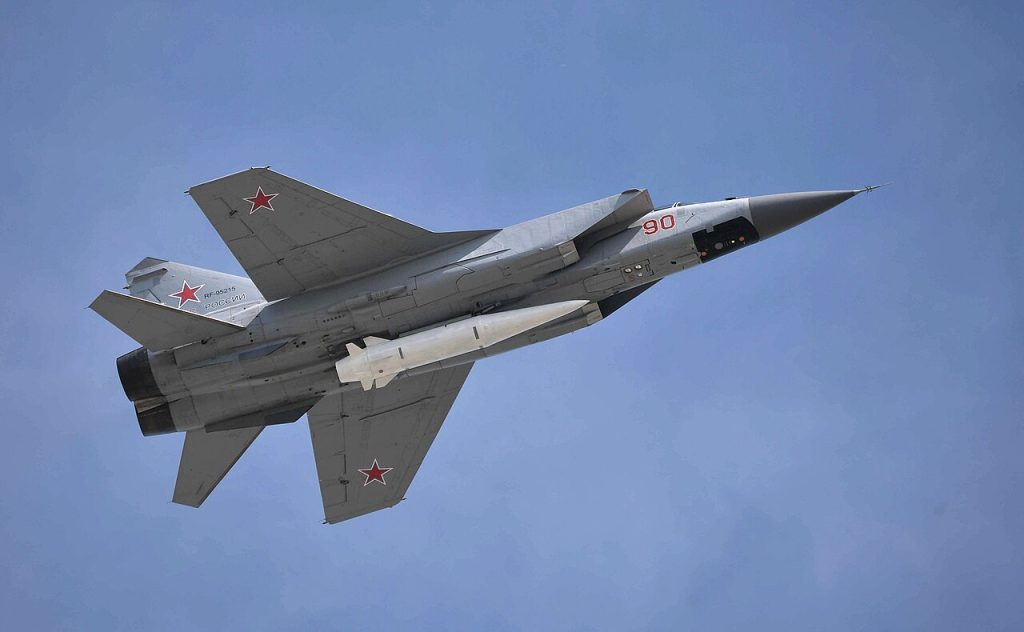
3. Quasi-Ballistic Trajectories
Russian missiles are increasingly assuming quasi-ballistic flights, starting predictably in an arc before shifting mid-course to evade interceptors. This complicates engagement, said Ihnat, because Patriots launch before achieving a weapons-grade lock, relying on radar updates during flight. The maneuvering cuts down the window for successful collision or proximity detonation against such high-speed hypersonic threats as the Kh-47M2 Kinzhal.

4. Interceptor Supply Pressures
Each interceptor for the PAC-3 Missile Segment Enhancement is multimillion-dollar and manufactured in limited quantity. While Lockheed Martin expanded its capacity from 350 to 500 missiles a year, with plans to reach 650 in 2027, world demand stays incredibly high. Heavy Ukrainian usage of the Patriots against Russia’s most sophisticated systems will accelerate stockpile depletion for a system that must be carefully allocated between ballistic missile defense and other roles.

5. Ambush tactics against Russian aircraft
It has used Patriot batteries in a mobile role, establishing pop-up kill zones that have wiped out Su-34 and Su-35 fighters, Mi-8 helicopters, and other assets. Such “unconventional” deployments achieve surprise and range with documented cases of several shot-down aircraft within minutes. The variety of tactics is expanding the Patriot mission far beyond missile defense, but it requires fast repositioning and camouflage to evade countermeasures.
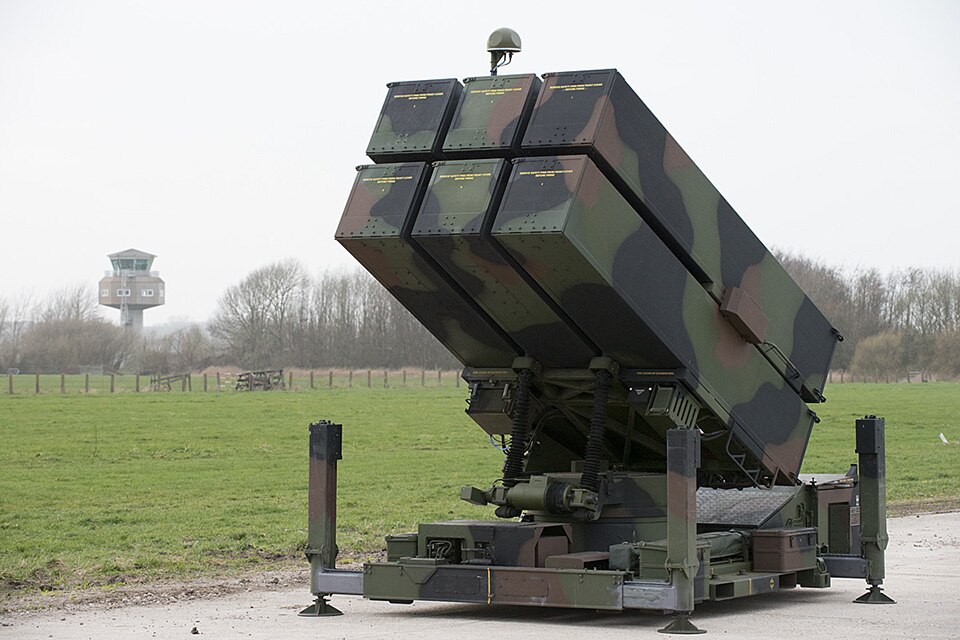
6. Integration within Layered Air Defense
Patriot represents the top layer in Ukraine’s multilayered shield, together with NASAMS, IRIS-T SLM, SAMP/T, and legacy systems. It soaks up high-altitude, fast-moving threats to free up medium-range systems to take on cruise missiles and drones. It is highly efficient and multi-tiered: expensive PAC-3 interceptors are used only against targets that smaller systems cannot defeat.
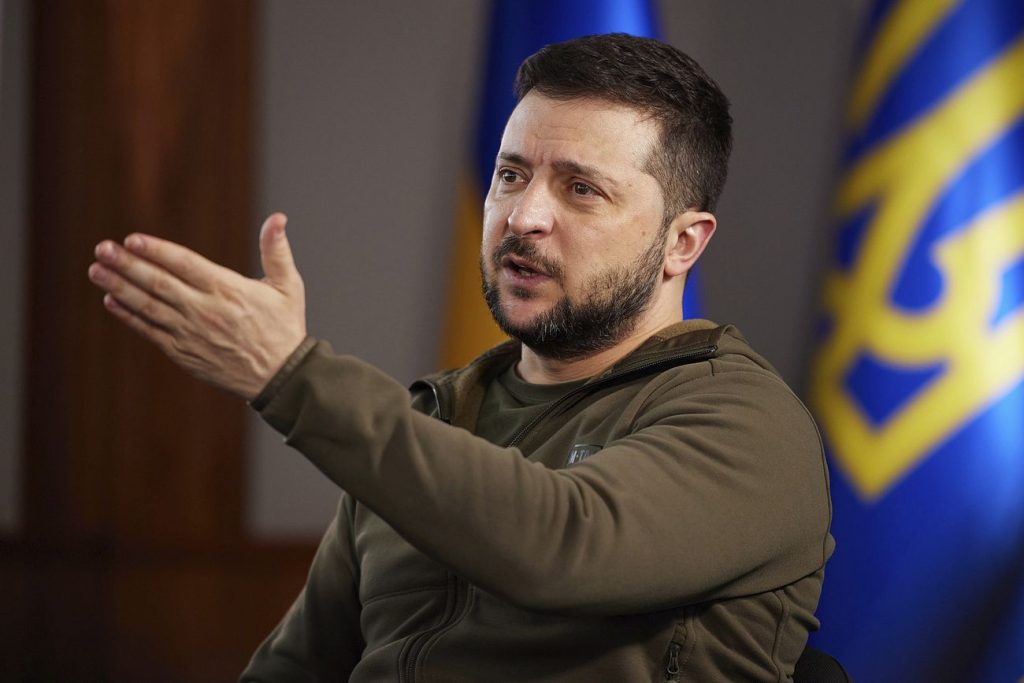
7. Allied Reinforcement and Burden-Sharing
Germany, Denmark, Lithuania, and Norway have augmented the fleet for Ukraine, with Berlin transferring systems from its own stocks. President Volodymyr Zelensky has publicly expressed his gratitude to Chancellor Friedrich Merz for the deliveries, framing them as saving lives against “Russian terrorism.” The reinforcement extends the defended zones but also signals the sustained European commitment in the uncertainty of U.S. aid levels.
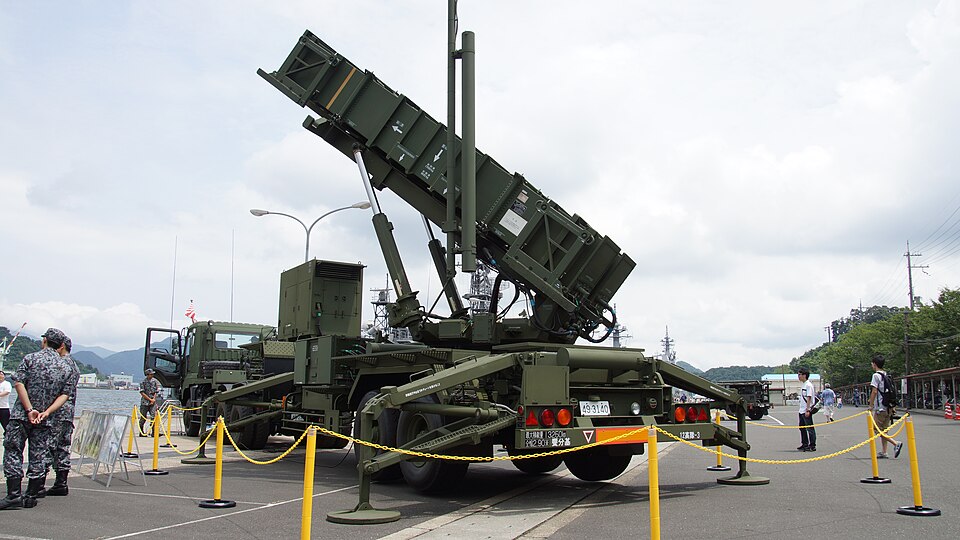
8. Historical Evolution of Patriot Capabilities
From its Cold War origins as an anti-aircraft system, Patriot has undergone hundreds of upgrades. Moving from the blast-fragmentation PAC-2 missiles to the hit-to-kill PAC-3 designs was a leap in ballistic missile defense. Modern PAC-3 MSE variants boast larger motors and better seekers that enable intercepts of medium-range ballistic missile targets and expand defended areas sevenfold compared to early configurations of the PAC-2.

9. Strategic Impact on Russian Strike Planning
Additional Patriot batteries complicate Russia’s targeting calculus, raising the cost and lowering the expected effectiveness of deep strikes against energy grids and command nodes. By denying effects on critical infrastructure, Ukraine preserves industrial output and societal resilience. This forces Moscow to adapt-either by increasing salvo sizes, altering weapon mixes, or probing other sectors-each with its own operational risks. The Ukrainians’ Patriots remain a powerful shield, but it’s no longer a one-sided contest. Innovations in the Russian missiles, radar coverage gaps, and interceptor supply limits are pushing the system to its limits.
Sustained allied deliveries, tactical cunning, and ultimate radar upgrades will be required for the system to maintain a high rate of intercepts. In this dynamic game of offense versus defense, the Patriot performance will remain key to whether the Ukrainian skies will be contested or controlled.


